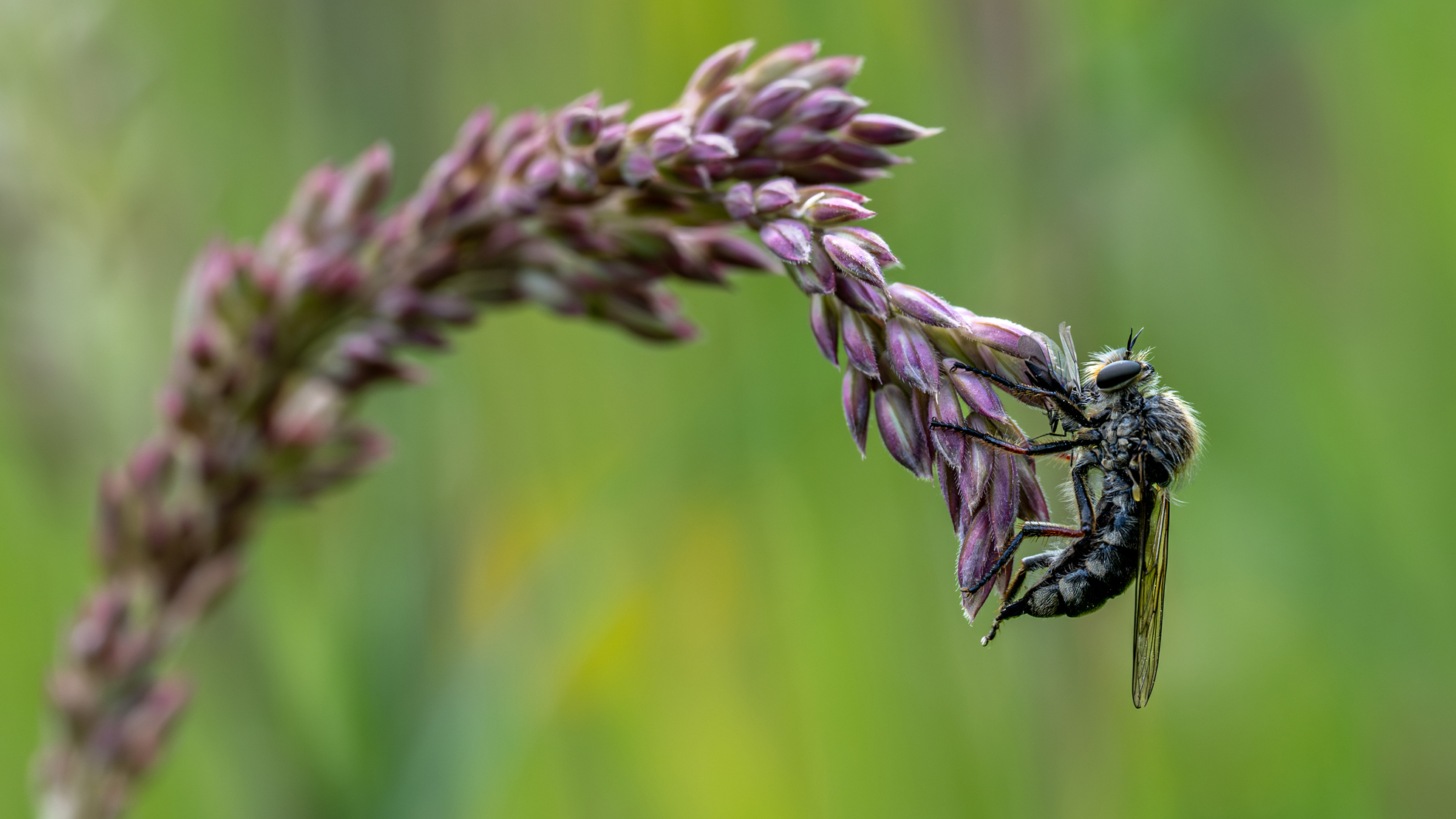
Summer has arrived and so has Insect Week here in the UK (June 24 - 30), as the winning images in the Royal Entomological Society’s Photography Competition 2023.
The annual photography competition is organized by the UK’s leading insect science charity, and showcases the very best of amateur insect photography, helping bring the often overlooked miniature world of insects into sharp focus.
The competition is open to all ages, and this year's youngest victor is multi-award-winning Jamie Smart, aged eight, who was overall runner up in the ‘18 and under’ category for her image ‘Robber fly breakfast’. Her photo depicted a slender-footed robber fly.
The talented eight year old has previously won awards from World Wildlife Trust, British Wildlife Photography Awards, and the RSPCA.
Talking about her image she said:
“I was up early one morning and decided to have a wander around our wild garden with my camera when I saw this fly on grass. I didn’t realize until looking on the computer that he was actually eating another fly!”
All photographs entered in the competition needed to feature an insect, or group of insects, occurring naturally in the situation in which it was photographed. It can be in any life stage, from egg through nymph, larva or pupa, to adult, and from anywhere in the world.
Prizes range from £250 to £750 ($320 to $950).
The overall winner in the ‘18 and over’ category is Yorkshire-based Luke Chambers, for capturing his image ‘Sleeping cuckoos’, depicting two cuckoo bees resting on a blade of grass.
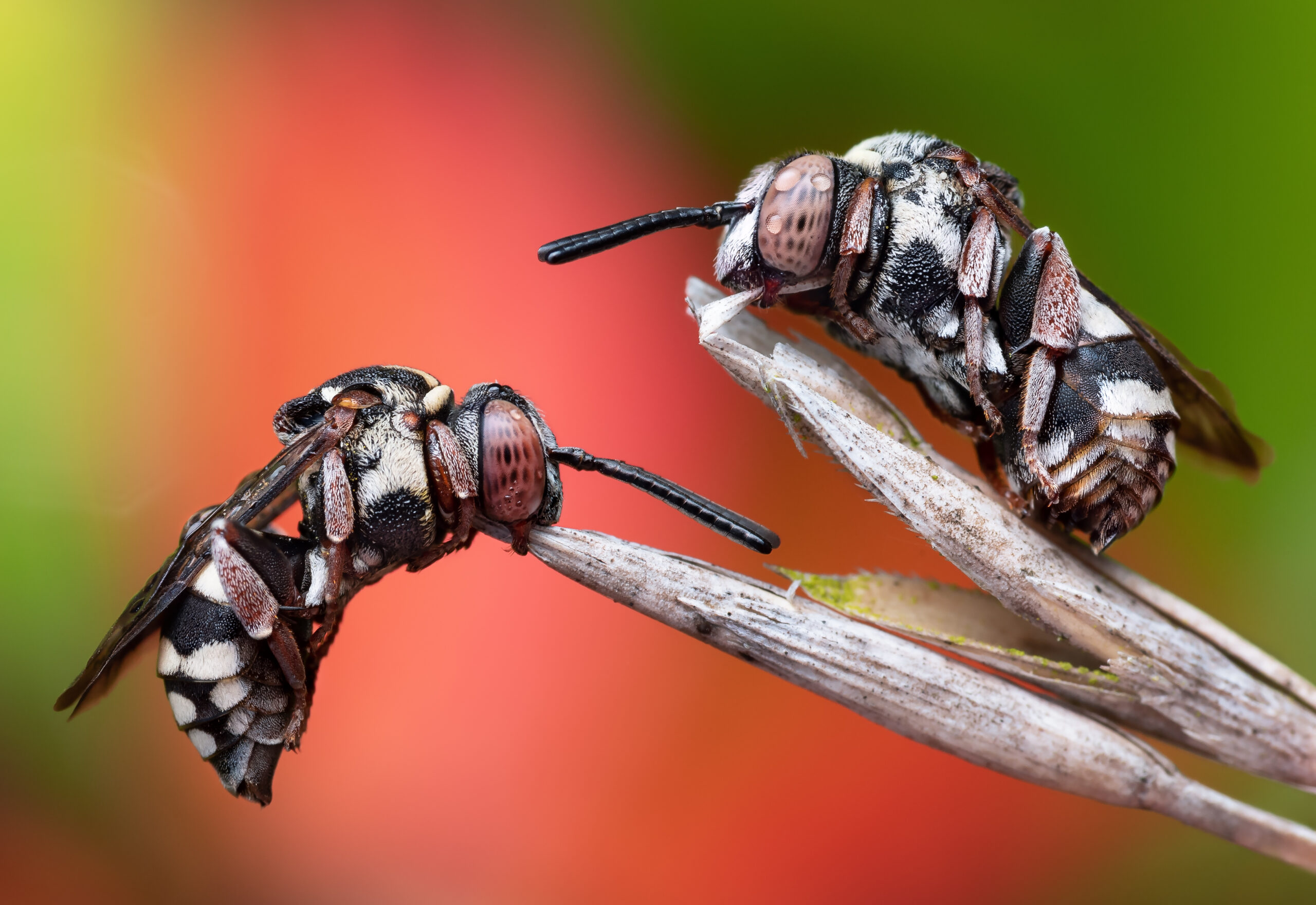
Chambers said:
“Something I didn’t expect to see when I visited a fairly new location to me, but one of my best encounters to date. Finding any sleeping invertebrate is always brilliant, but two so close together, well that’s like winning the photography lottery!”
17 year old Swedish photographer Gugstav Parenmark won the ‘Under 18’ category with his image ‘Tranquility’, capturing a banded demoiselle damselfly at rest. Gustav has won the competition before and said:
“Waking up early is the key to photographing sleeping odonates. This species of damselfly is usually very skittish, but I went out at 4am to capture them inactive, making them easier to photograph.”
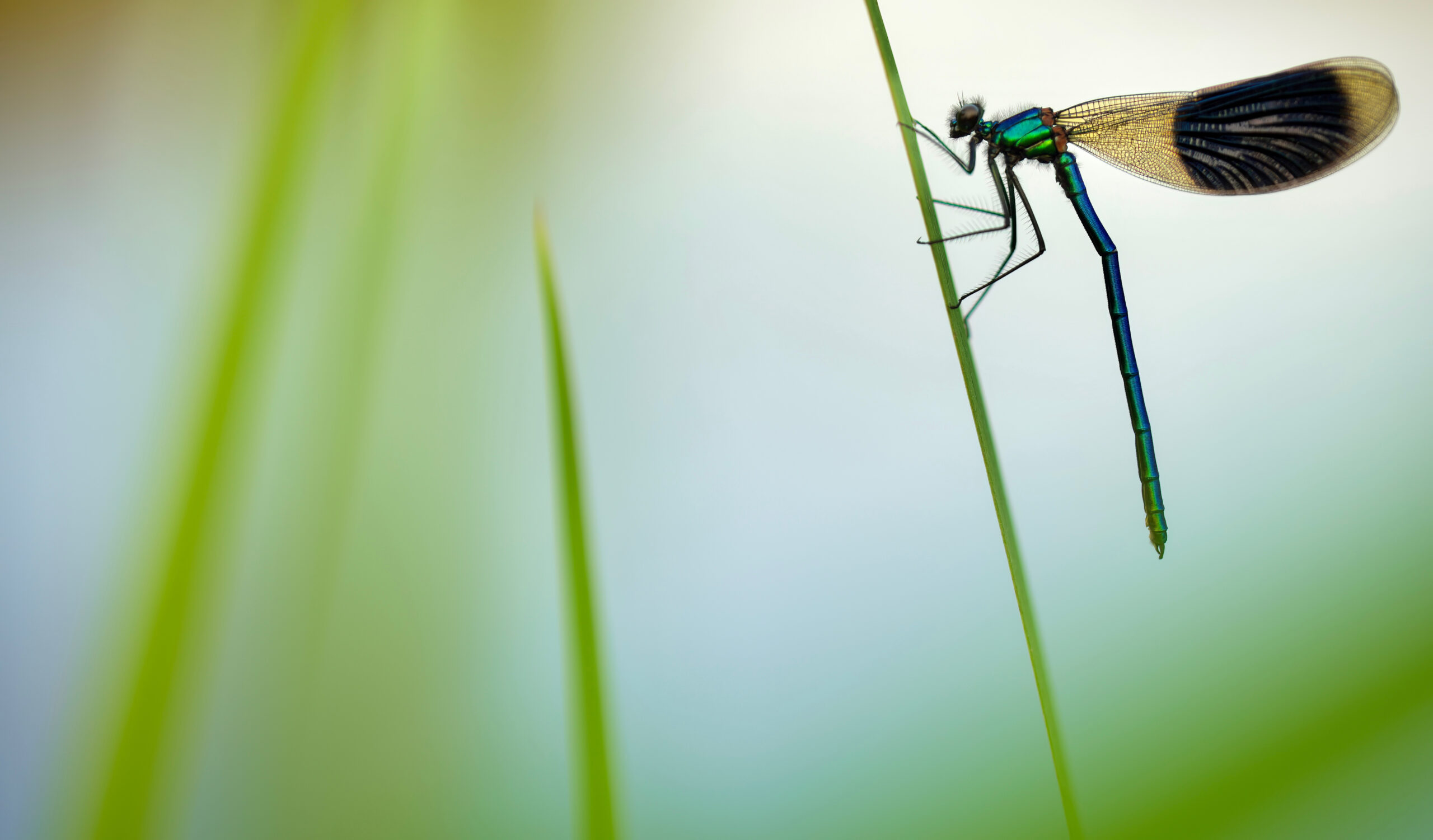
Ashleigh Whiffin, RES committee member, Entomology Curator at the National Museum of Scotland, keen photographer, and one of the competition judges, said:
“We’ve been overwhelmed by the number of entries to the competition this year! It’s wonderful to know that so many individuals have engaged with insects in this way, capturing some incredible moments for their world and showcasing the beauty and diversity of insects.”
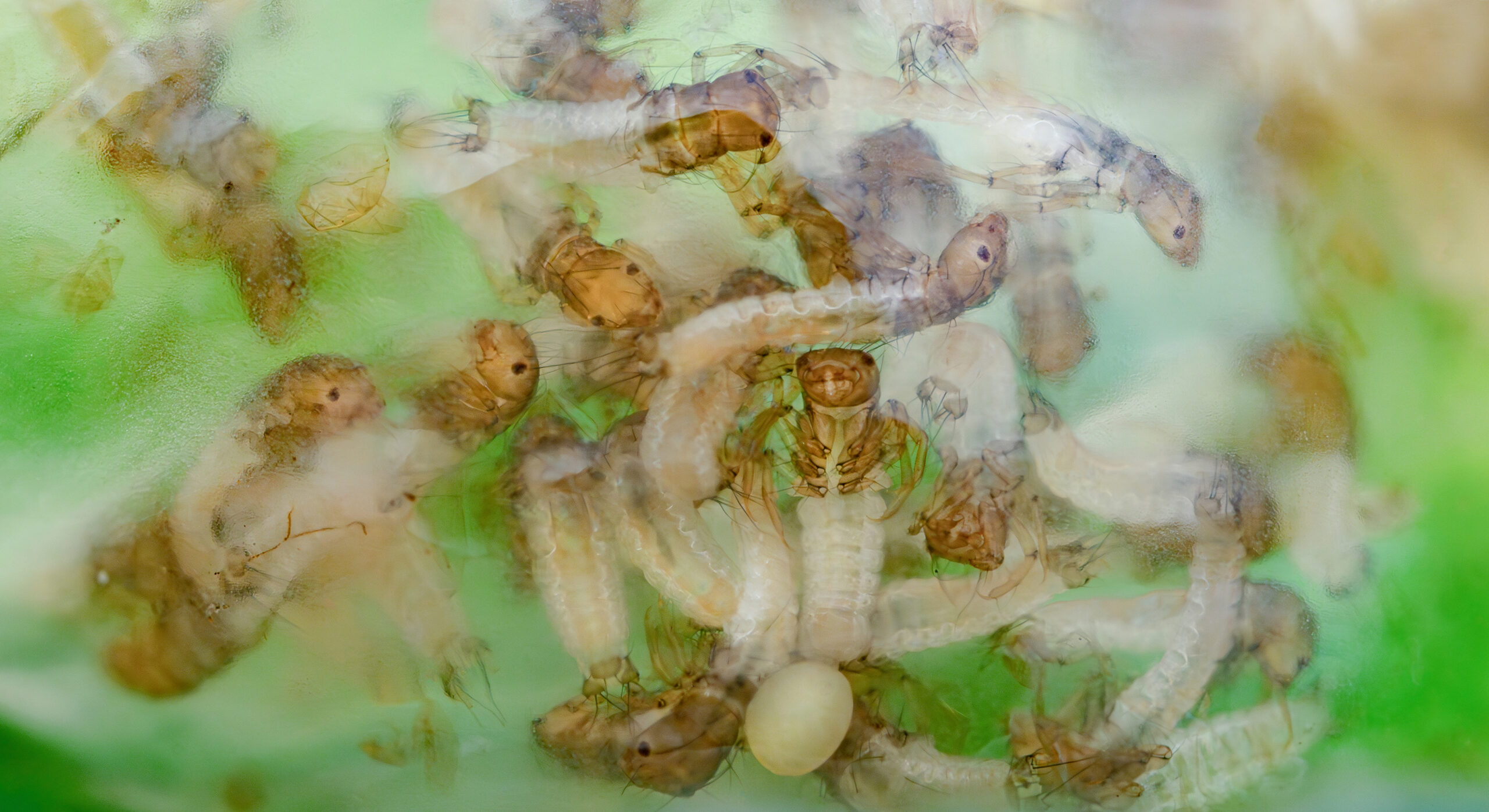
Tim Jonas's picture of caddis-fly larvae in the UK came in second in the over 18s category.
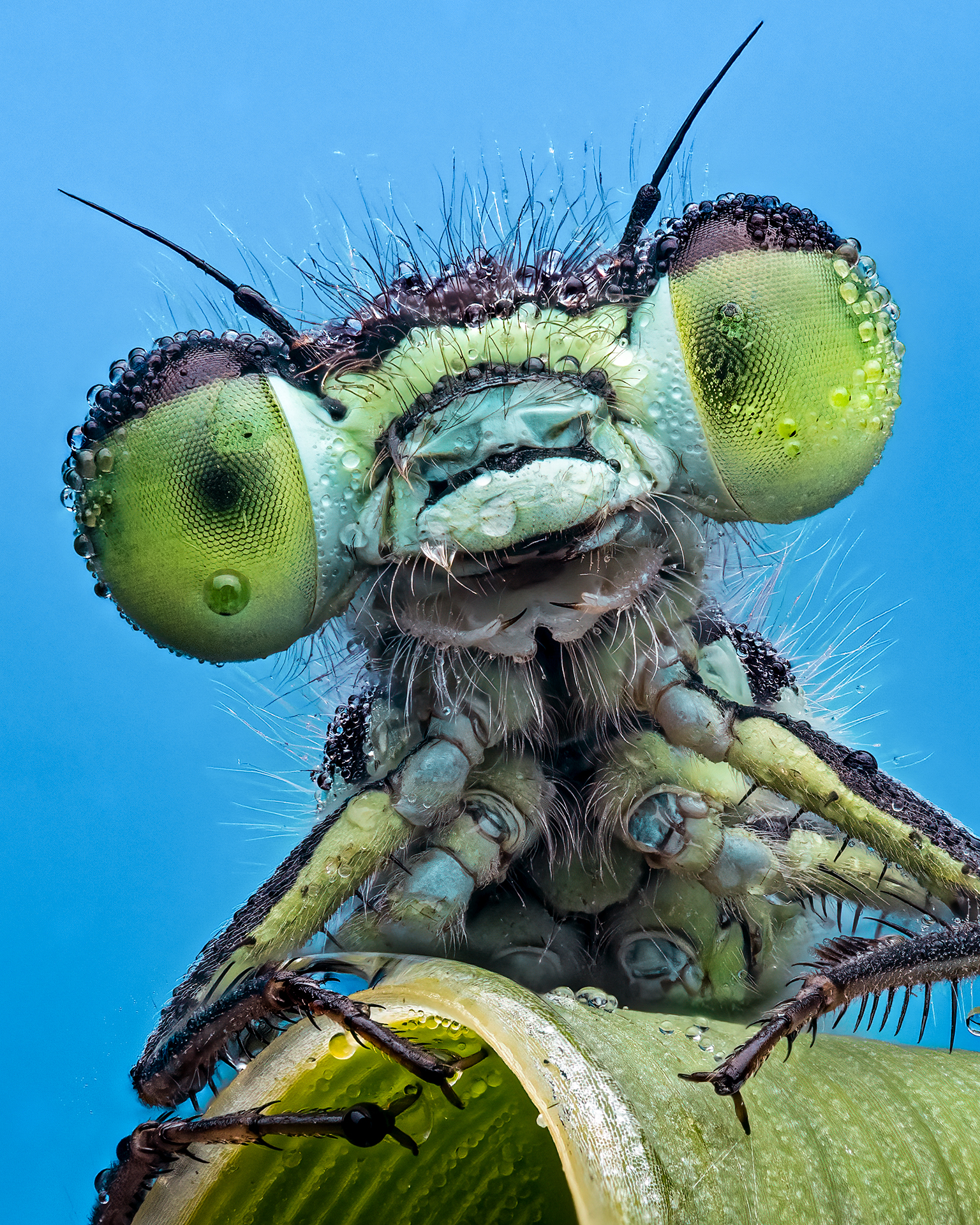
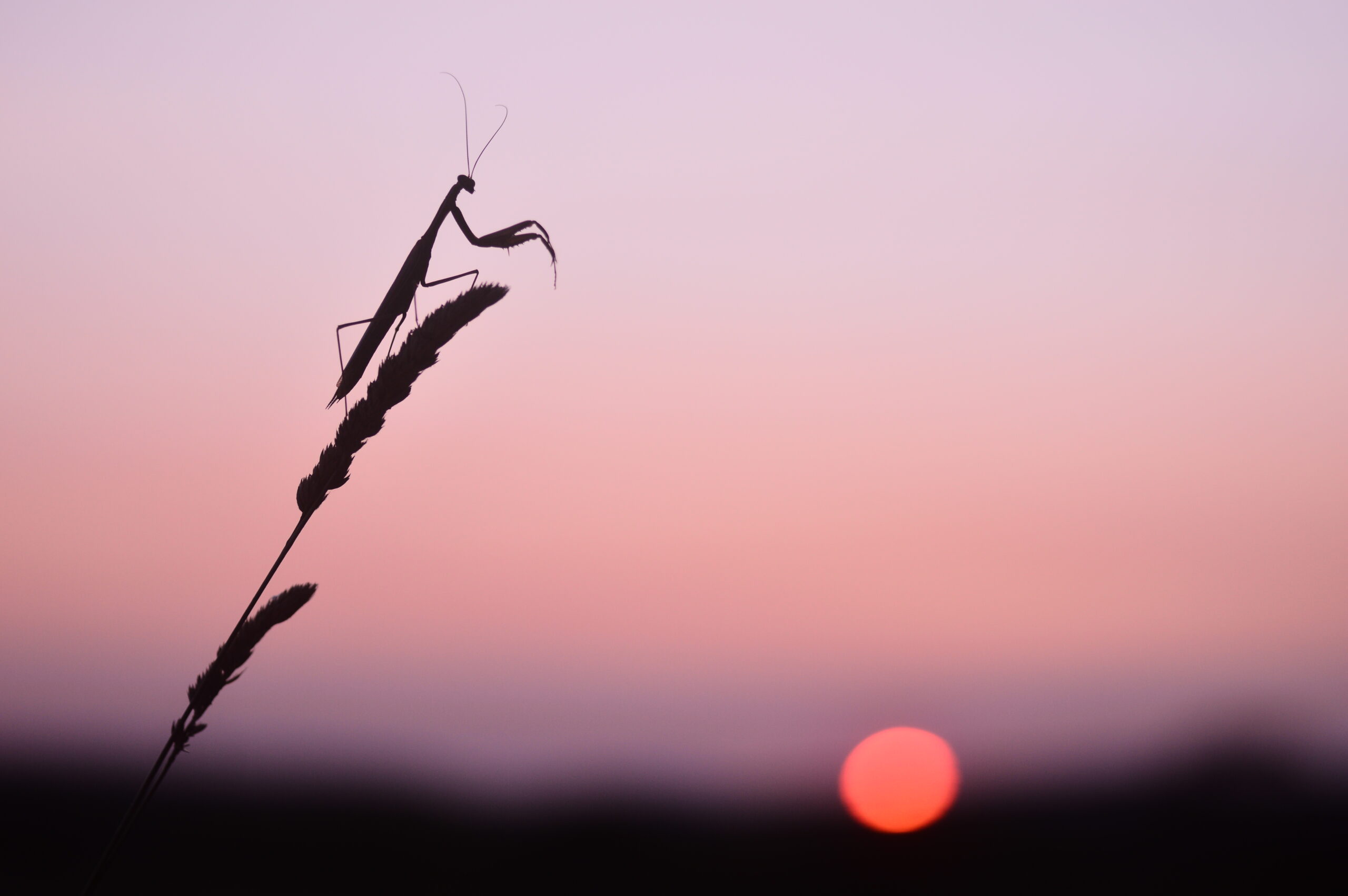
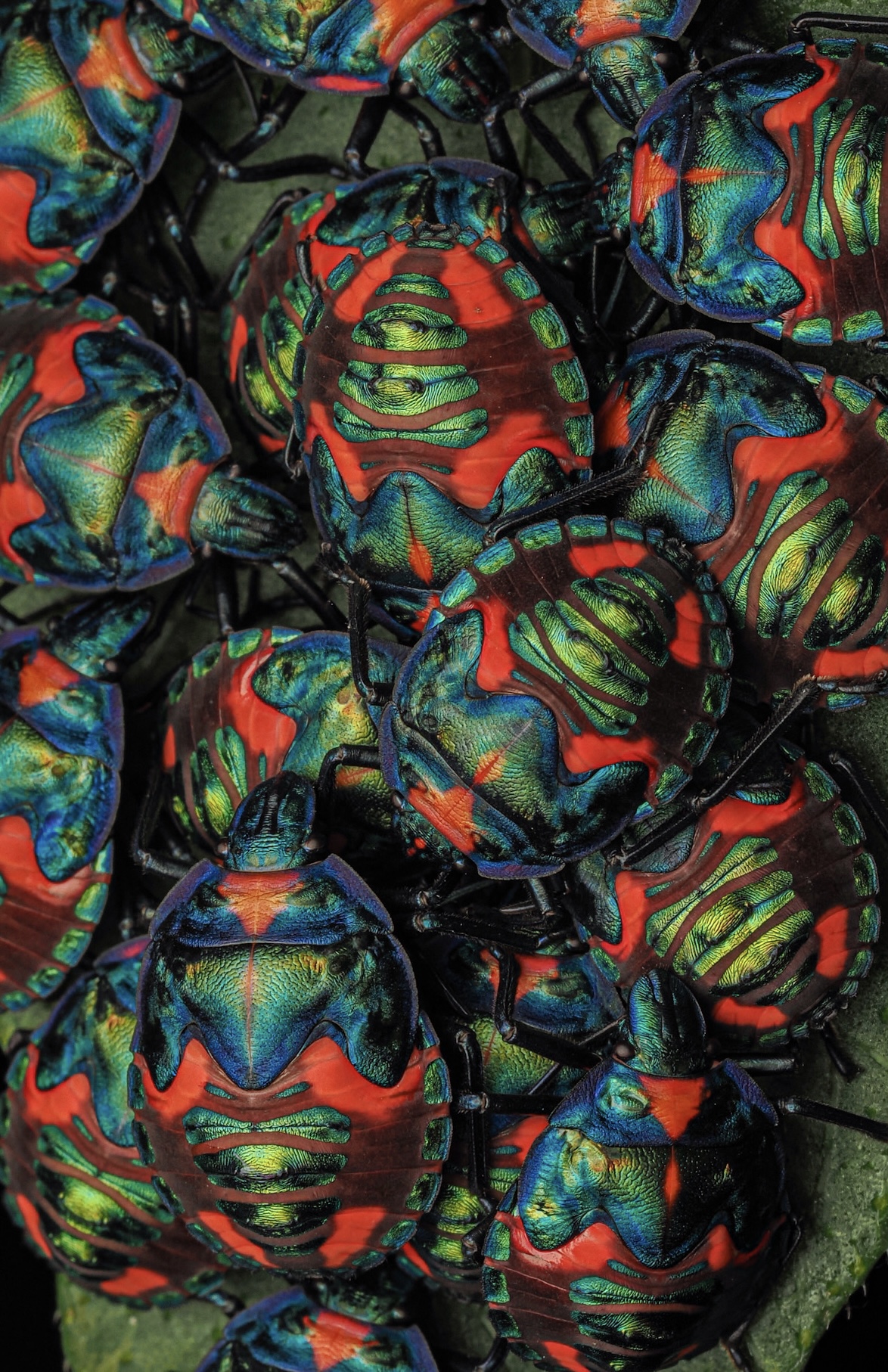
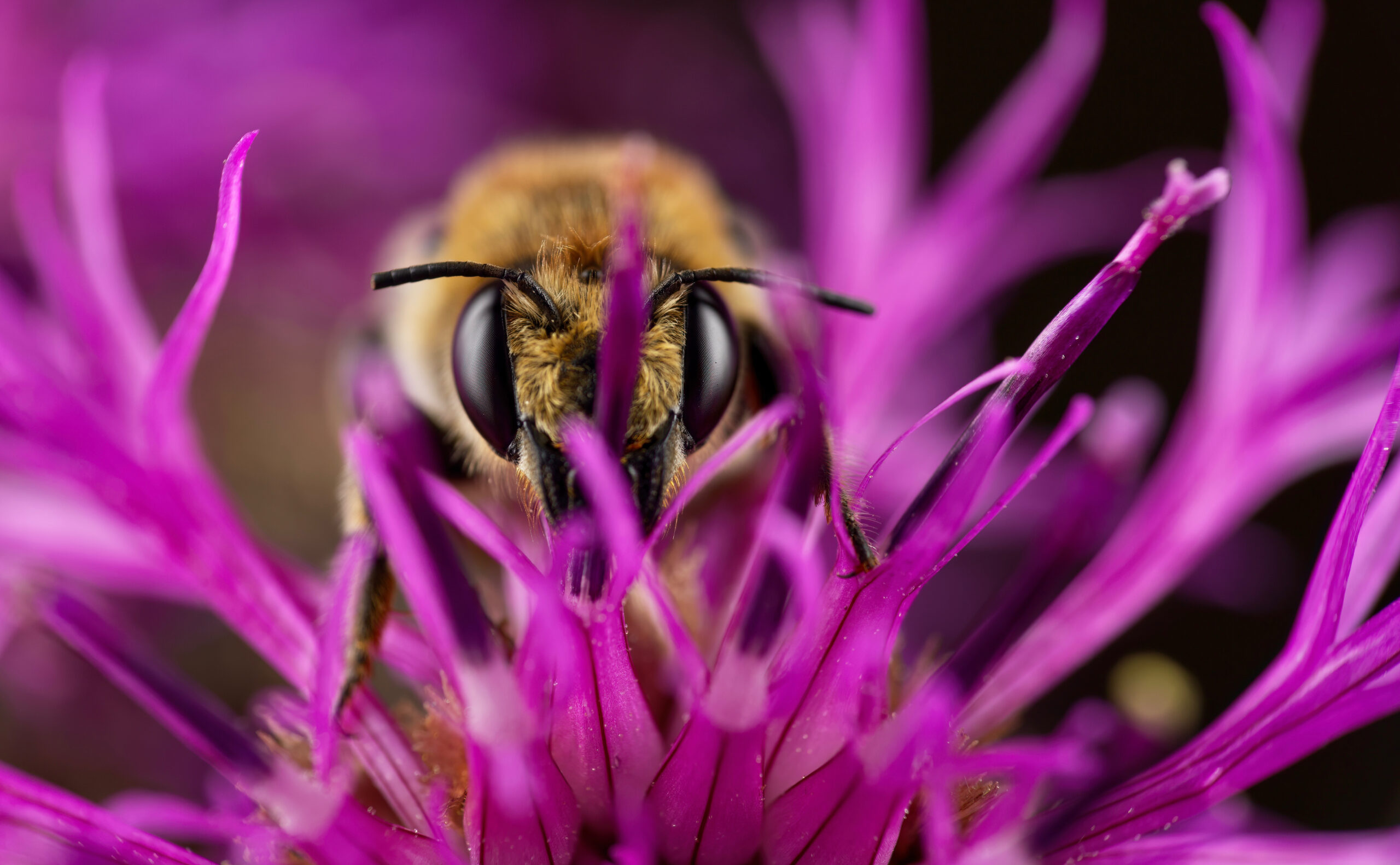
Check out the best cameras for macro photography, and the best macro lenses. Why not take a look at the best cameras for wildlife photography as well?







